Supply Chain Report – 10/07/2025
The World Bank has issued a new report warning that South Asia’s economic growth is likely to lose momentum next year, largely due to higher tariffs imposed by the United States on Indian exports. While the region remains resilient in 2025, supported by strong government spending and infrastructure investments, the international financial institution projects a notable slowdown in 2026 as external trade pressures intensify.
According to the World Bank’s South Asia Economic Focus report released on Tuesday, growth across the region — including India, Bangladesh, Sri Lanka, Nepal, Bhutan, and the Maldives — is expected to fall to 5.8% in 2026, down from a projected 6.6% in 2025. The report attributes the decline primarily to the ongoing effects of tariff increases and a normalization of post-pandemic recovery factors that previously fueled expansion.
“For 2026, the forecast has been downgraded, as some of these effects unwind and India continues to face higher-than-expected tariffs on goods exports to the United States,” the World Bank said. The institution added that the shift could also have ripple effects across neighboring economies that depend on trade and investment linkages with India.
India, which accounts for nearly three-fourths of South Asia’s economic output, remains a critical driver of regional performance. The World Bank raised its forecast for India’s growth in the current fiscal year ending March 2026 to 6.5%, up from its earlier estimate of 6.3%, citing robust public infrastructure spending, healthy domestic demand, and improving private sector sentiment. However, the outlook for the following year has been revised downward to 6.3% from 6.5%, reflecting concerns that higher U.S. import tariffs will dampen export competitiveness and slow the pace of industrial output.
The United States recently imposed a 50% tariff on most Indian exports, marking one of the steepest increases applied to any U.S. trading partner. The tariffs cover an estimated $50 billion worth of goods, hitting key labor-intensive sectors such as textiles, gems and jewelry, and seafood, particularly shrimp exports. These industries are among India’s largest employers, and analysts warn that reduced export orders could affect manufacturing output and job creation over the medium term.
In response to the trade setback, Indian Prime Minister Narendra Modi announced a sweeping tax reduction plan last month, described as the largest since the 2017 goods and services tax reform. The initiative includes cuts on products ranging from daily essentials like shampoos to big-ticket items such as cars. The government aims to stimulate domestic demand, reduce the burden on consumers, and strengthen business confidence amid global trade headwinds.
Beyond tax reforms, India continues to allocate significant resources toward infrastructure development, a key element of its long-term growth strategy. Massive public investment projects in transportation, energy, and logistics are expected to generate employment, improve efficiency, and sustain economic momentum even as external challenges rise. Economists believe these efforts could cushion the impact of weaker export performance, allowing India to maintain moderate growth despite global uncertainties.
For other South Asian nations, the World Bank report emphasized the need for structural reforms and diversification to mitigate exposure to external shocks. Countries such as Bangladesh and Sri Lanka are also contending with their own fiscal and inflationary challenges, while smaller economies like Bhutan and the Maldives remain dependent on tourism and remittances. The report highlighted that maintaining fiscal stability, improving productivity, and enhancing trade competitiveness will be crucial to sustaining growth across the region.
The World Bank underscored that while global trade conditions are likely to remain uncertain, South Asia’s long-term prospects remain favorable, provided governments continue investing in infrastructure, education, and digital transformation. Strengthening regional cooperation and fostering policy coordination were also recommended as ways to build resilience and ensure inclusive growth.
As the global economic landscape evolves, South Asia’s ability to balance domestic reforms with external adaptability will play a decisive role in shaping its growth trajectory. The World Bank’s projections serve as both a warning and an opportunity for policymakers to address vulnerabilities and capitalize on the region’s strong demographic and consumption potential.
#SouthAsiaEconomy #IndiaTrade #GlobalMarkets #SupplyChainNews #NewsUpdate

















